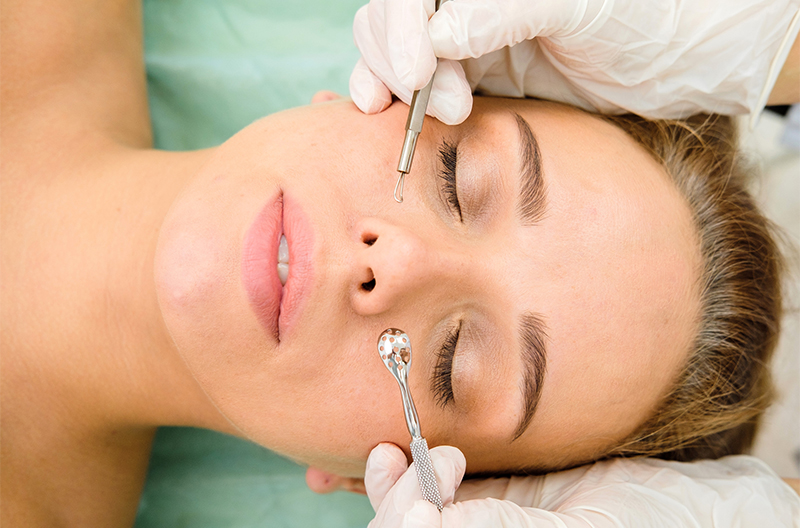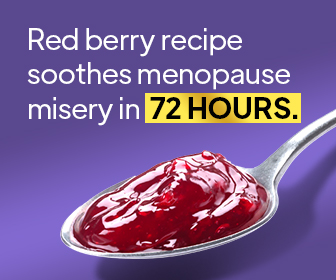Pimples, puss, acne, whiteheads, blackheads, or love bumps. Whatever you call them, we’ve all encountered pimples on our face or body at some point. More specifically, t pimples. These stubborn dots are notoriously difficult to disappear. But have no fear, the beauty industry has created some of the best blackhead remover tools for you to try.
At first, you might think blackhead remover tools are a luxury. I mean, you have two perfectly good hands for popping and pinching already, right? Wrong. Rule number one of skin care: no fingers picking and prodding your face.
If you’re serious about getting rid of blackheads and having clearer, cleaner looking skin, you’ll want to invest in one of the best blackhead remover tools we’ll lay out for you. To understand what your skin is going through and how to best take care of it, let’s go over what are blackheads, why do you get them, and additional tips on how to remove them safely.
What are Blackheads?
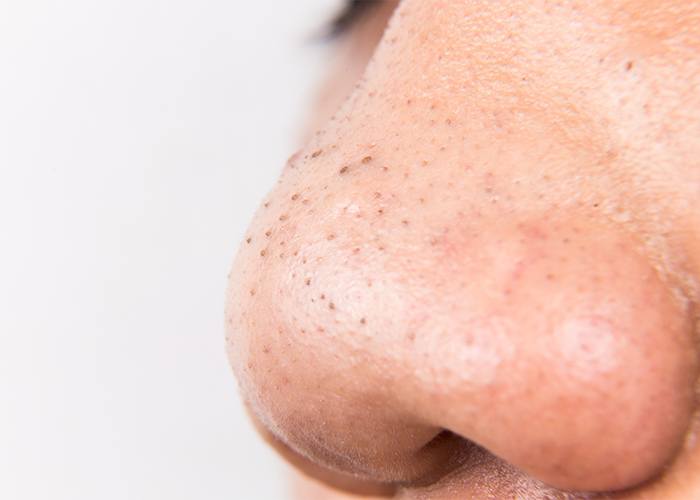
If you look at a whitehead and a blackhead pimple side by side, there are already some stark differences to note. Blackheads are typically not inflamed the way those red bump pimples are, such as with cystic acne. Instead, blackheads just look like some dirt has accumulated in your open pores. But actually, blackheads are not necessarily dirt-filled at all.
So, what are blackheads if not a sign of dirty pores? Basically, these pesky pimples are no more than open pores filled with oil and dead skin cells.[1] Sometimes bacteria, dirt, or makeup ends up in there too. The oil in those pores can turn black from oxidation in the air, giving them their signature look.[2] If your skin produces more oil, you might be prone to more blackheads. That’s nothing to be ashamed about. However, there are some ways to manage that and increase your skin’s healthy, natural state.
Did you know: You’re not alone if you suffer from acne as an adult. In fact, adult acne is on the rise, with 15 percent of women in the U.S. affected.[3]
How to Prevent Blackheads
There are a ton of reasons, both genetic and situational, as to why you get blackhead pimples. Some factors are not preventable, such as the fact that during puberty your body produces more oil and therefore puts you at a higher risk.[4] On the other hand, some factors can be controlled. So here are a few ways you can actually prevent blackheads from starting up in the first place.
1. Control your stress
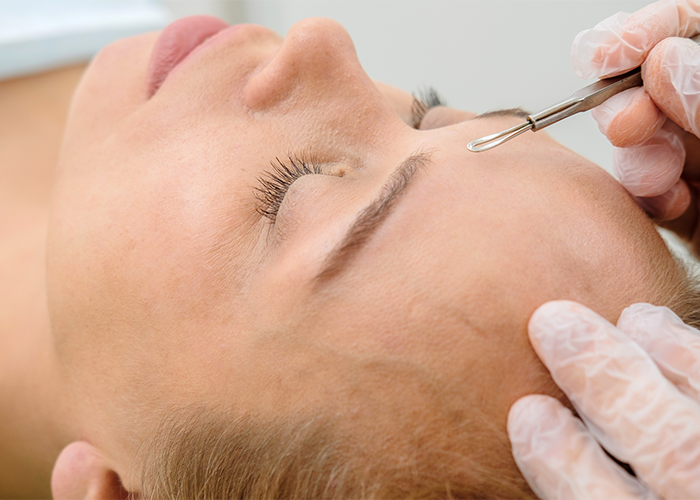
Okay, okay, so this is easier said than done. In today’s culture, if you’re not stressed out then something is wrong with you. But that’s not a healthy attitude to maintain. Studies show that your body produces more androgens (the same hormone that increases during puberty) when stressed.[5] Meaning, you’re skin can overproduce oils and put you at risk for blackheads and other types of acne.
2. Quit smoking
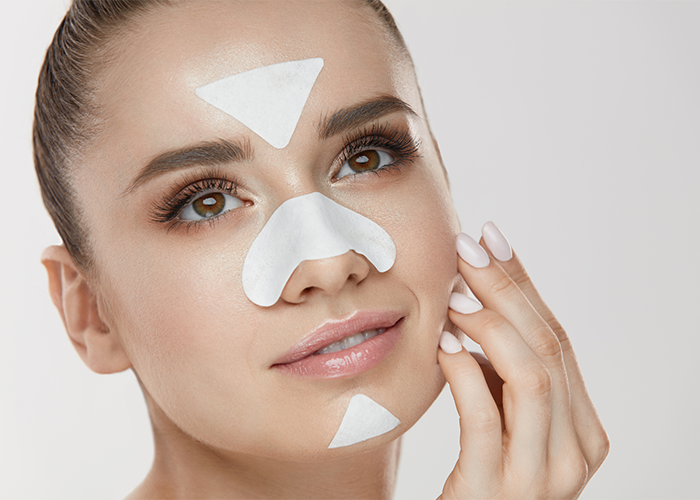
Hey, no one ever said these preventative measures would be easy! Quitting smoking after you’ve been addicted for a while is no simple feat. But the reward is waiting at the end of the struggle. In recent years, more studies have been conducted that show a direct link between smoking and pimples of all kind.[6] A new phrase has even been coined as “smokers acne.”[7] So if you’re looking to reduce all contributors to your blackheads and oil production, cross off buying cigarettes from your to-do list.
3. Watch your diet
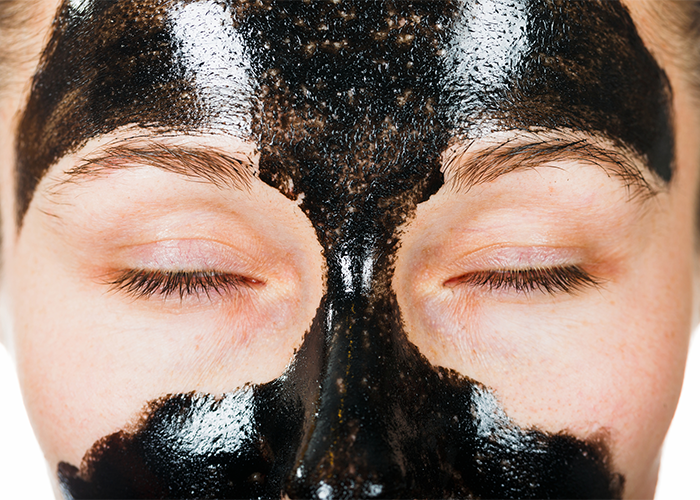
Not all greasy foods will make your skin greasy, just like not all dry foods make your skin dry. However, there are some accepted food facts to think of when trying to improve your skin with diet. In fact, a research study relating diet to acne quoted Hippocrates saying, “Let food be your medicine.”[8] Are there truer words out there?
While the scientific world still needs to do some more work to solidify the link between specific foods and acne and blackheads, there are some conclusions that can be drawn now. To start, vitamin A is one nutrient that can help your skin stay naturally healthy.[9] Cows’ milk on the other hand is something you may want to avoid, as some studies see a link between the hormones in cows’ milk (most of the U.S milk comes from pregnant, hormonal cows) and acne.[10]
What Are the Best Blackhead Remover Tools & Treatments?
Talking about preventative measures is great, but what happens when blackheads just keep coming back? It’s tricky to pinpoint the reason you’re prone to getting them, so using one of the best blackhead remover tools is a perfect solution for the interim. And you’re in luck because we’ve outlined some of the best options out there to get rid of blackheads.
These tools are more than just removing the problem, they’re also cleaning your skin and helping you regain your natural glow. They’ve been selected because of their high and consistent user reviews, plus their affordability and perks. You’re sure to find the best blackhead remover tool for you in this list.
We haven’t included any pore strips in our list as many dermatologists warn against them due to the fact that they can tear your skin.
Best Blackhead Remover Suction: I-MILY Blackhead Vacuum
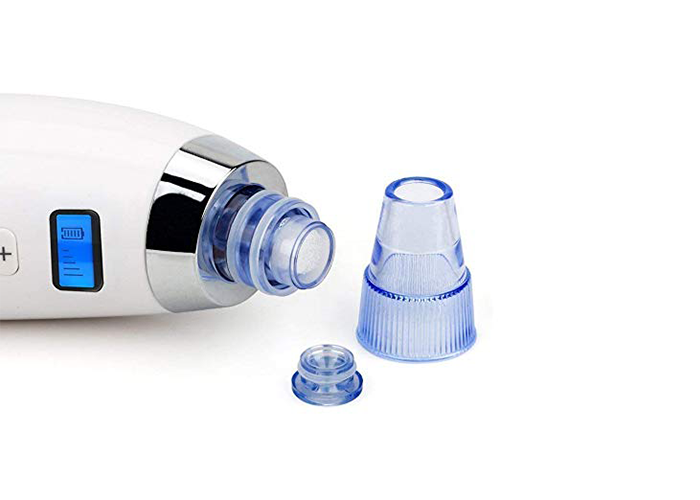
Buy it if
You want a simple and mess-free experience. Blackhead suction remover tools, also called blackhead vacuums, are the perfect option for quickly running through a specific area of your skin with many blackheads, such as your nose or chin. The I-MILY tool specifically is safe to place right on your skin and gently pull around, cleaning out your pores as it goes.
Key ingredients
This tool is FDA approved and made from non-toxic materials. Basically, even sensitive skin buyers can feel confident it will be a match.
What you need to know
- The tool comes with four replaceable “heads” that are various shapes for different needs, such as spot treatment or larger zones.
- There are 5 suction levels so that you can start with minimal power and work up if needed based on your skin and pores that day.
- It comes with an 18-month warranty.
- The tool has red and blue light technology. The red light rejuvenates your skin, and the blue light closes your pores after use.
How often should you use it?
The brand recommends that people with dry skin use it just once per week. For those with oily or combination skin, twice per week is fine. Each use should only be about five minutes long. Some redness is natural afterward, but should subside after another 5-10 minutes.
Price
$25.97 on Amazon
Best Blackhead Remover Extractor: JPNK Blackhead Remover Tools
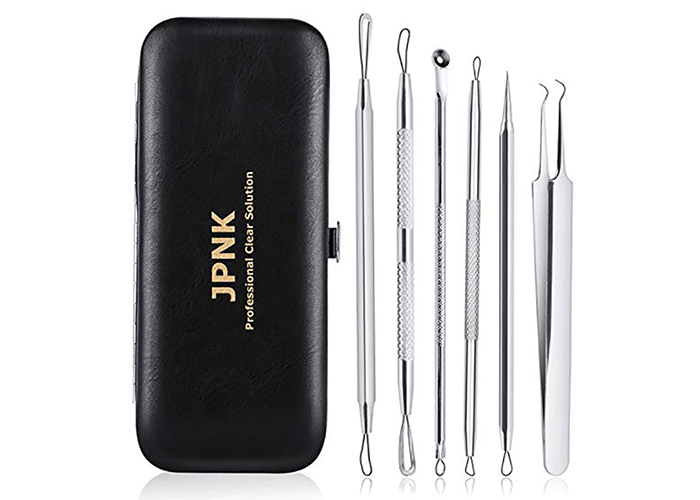
Buy it if
You still have the urge to pick your pimples (it can feel therapeutic in a way), but want to keep your skin clean and as far from your fingers as possible. Also, this extractor tool is ideal if you have just a few blackheads popping up here and there. It’s super easy to spot-treat, and can be used for whiteheads as well. Keep in mind that you’ll need to have a steady hand for this tool as the sharp ends can be damaging if you’re not careful.
Key ingredients
The metal tools are all 100 percent stainless steel. Plus, they all have anti-slip grip markers on them to avoid you losing a handle on them when using.
What you need to know
The most important thing for this best blackhead remover tool is knowing how to use it. Because some of the 6 piece set is pointy and can potentially damage your skin, it’s crucial to understand what to use them for and how much pressure to apply. Here’s a quick recap:
- The sharper needle tool can be used to poke a tiny hole in your pore so the skin doesn’t break and tear from pressure later.
- The classic loop tool is used for pushing out blackheads of various sizes.
- The angled loop tool is ideal for hard to access areas, like the crevices on the sides of your nostrils.
Remember: When using extractor tools, be careful not to pierce or push on the skin to deeply. It’s better to start off with light pressure and surface level “pricks” to avoid any damage on the skin.
How often should you use it?
If you use this tool for spot treatment when needed, the usage amount is up to you and your skin. If you plan to go over your whole face methodically, try to start with no more than once per week. This way, you can give your skin time to heal and not be over-prodded and sensitive.
Price
$6.99 on Amazon
Best Blackhead Remover Mask: Neutrogena Deep Clean Purifying Clay Cleanser and Mask

Buy it if
If you’ve ever asked, “What are the best blackhead removal masks?” here’s you’re answer! This double-duty cleanser and face masks targets your pores to unblock dirt and oil and safely keep your skin clear. If you love that tight feeling some clay face masks have on skin, this is for you. You’ll wash this off feeling like your skin is tighter and free from toxins and bacteria.
Key ingredients
This mask uses both kaolin and bentonite clay, which are great for extracting out excess oil when dry.
What you need to know
- This mask/cleanser duo won’t strip your skin of natural moisture leading to more breakouts.
- Neutrogena made this product to reach deep into your pores to clean toxins and oil specifically.
- As a cleanser, massage onto a wet face and gently rinse with warm water.
- To use as a mask, spread a thin layer on your face and let dry for about five minutes, then wash off with warm water.
How often should you use it?
You can use this as a mask up to three times per week, keeping note if you have naturally dryer or more oily skin. As a cleanser, it can be used regularly with warm water.
Price
$8.99 on the Neutrogena website
Best Blackhead Remover Wipes: The Body Shop Tea Tree Skin Clearing Facial Wipes
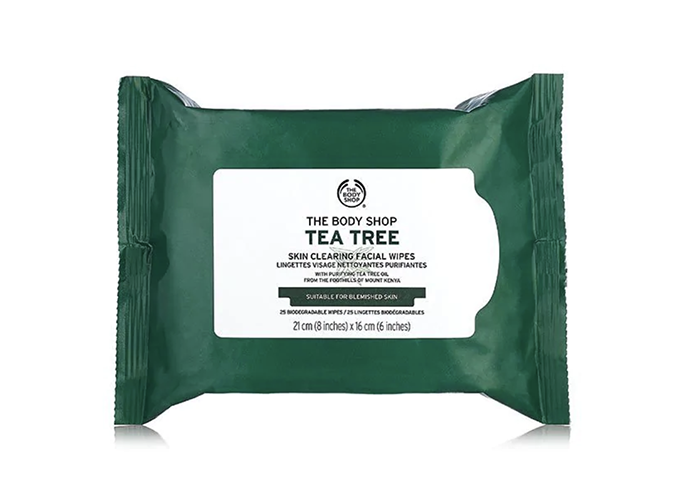
Buy it if
You want a non-invasive blackhead clearing technique that is fast, easy, and smells fresh and clean.
Key ingredients
The magic ingredient here is tea tree oil from the foothills of Mount Kenya. Tea tree oil is appearing in mainstream skincare as an amazing anti-inflammatory and antimicrobial ingredient.
What you need to know
- This product is vegan and uses community trade tea tree oil.
- You don’t need to rinse your face before or after using this product. That means you can wipe off your makeup and cleanse your face all in the same step!
- The Body Shop tea tree oil line also has scrubs, washes, toners, and masks that can be paired with these wipes for maximum benefit.
How often should you use it?
These wipes are sensitive enough to use daily. You can use it in the mornings to remove excess oils, or after a long day to take off makeup and get out excess dirt or bacteria lurking in your pores.
Price
$14.50 at The Body Shop
Expert Tips For How to Remove Blackheads Safely
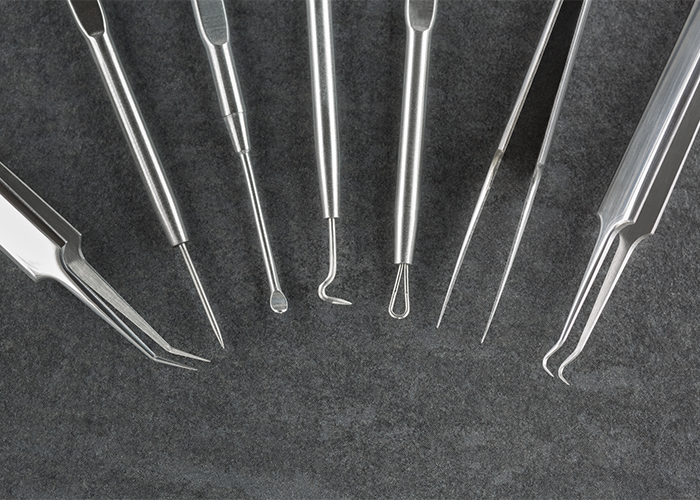
How many times have you promised yourself “not to pick” at a pimple, only to walk out the door with a bright red bump on your face moments later? We are all guilty — it’s nearly impossible to see something on your own skin and not want to amend the issue. However, as we’ve all learned by now, picking at a pimple will only make it worse. Just because blackheads might seem smaller and less inflamed than cystic pimples doesn’t mean they’re an exception.
In fact, it can be even worse for you to pick at a blackhead. The American Academy of Dermatology says that when you try to pop them improperly, the oil and bacteria can end up deeper in your pores.[11] Alternatively, the bacteria on your fingers can actually go into your pores and create more pimples around the one you tried to pop. Bottom line: don’t “pop” your pimples. Even with the best blackhead remover tools, you should be careful how you mess with them.
1. Wash your hands and tools
This goes without saying, but we’ll say it anyway. Always wash your hands and your pick of the best blackhead remover tool when working with your skin. It’s important to never touch your face with dirty hands to prevent any bacteria or dirt transfer. Resist the urge to wipe sweat from your forehead or pinch your cheeks for some natural blush. Just say no!
2. Don’t overdo it
If you’re getting frustrated that one blackhead or one area isn’t coming clean, it might be because those pores are not ready to open and release just yet. Agitating and trying to force the blackheads out will just cause a reaction. It’s better to leave those pimples or areas alone for the time being and try again later.
Tip: When using any blackhead remover tool or mask, stop use immediately if your skin reacts poorly or you have pain. You should always check the ingredients for cleansers and masks to ensure you’re not allergic to ingredients. For the tools, make sure you understand how to use it based on the brand’s instructions for safe results.
3. Moisturize after your skincare routine
This tip is more preventative than anything. You see, after using any tools and doing your skincare routine, your skin can end up striped of its natural oils. Then, it could produce more to overcompensate. Moisturizing prevents this and can help reduce future blackheads from popping up.
4. Close your pores after removal
After you’ve opened your pores and hopefully gotten some of that gunk out, you don’t want to leave them susceptible to more bacteria or oxygen again. There are a few ways you can try to close up your pores after removal. First, you can immediately follow up extraction by using a tightening face mask (and then moisturizing still after!) Alternatively, you can use an ice cube on those areas, because cold temperature will make them shrink. And lastly, you can use a moisturizer that produces a cooling effect too.
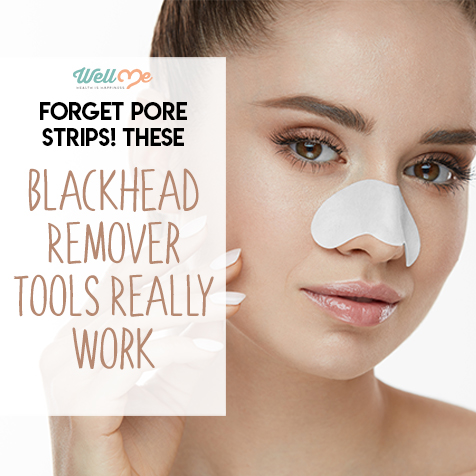
Conclusion
To be honest, your blackhead problems won’t disappear overnight. However, when using some of the best blackhead remover tools, they can significantly reduce in size and appearance in a matter of minutes. Combining regular cleaning with some of the natural preventative solutions we also listed above can enable you to work toward clearer skin and a healthier future. Enjoy playing with your new tools and watching them work their magic. And please, by all means, never forget rule #1: No fingers on your face!
References
- [1] https://www.ncbi.nlm.nih.gov/books/NBK279211/
- [2] https://www.ncbi.nlm.nih.gov/books/NBK279211/
- [3] AAD. https://www.aad.org/media/stats/conditions/skin-conditions-by-the-numbers
- [4] https://www.ncbi.nlm.nih.gov/books/NBK279211/
- [5] https://www.aad.org/public/diseases/acne-and-rosacea/adult-acne
- [6] https://www.ncbi.nlm.nih.gov/pmc/articles/PMC2835905/
- [7] https://www.ncbi.nlm.nih.gov/pmc/articles/PMC2835905/
- [8] https://www.ncbi.nlm.nih.gov/pmc/articles/PMC2836431/
- [9] https://www.ncbi.nlm.nih.gov/pmc/articles/PMC2836431/
- [10] https://www.ncbi.nlm.nih.gov/pmc/articles/PMC2836431/
- [11] https://www.aad.org/public/diseases/acne-and-rosacea/skin-care-habits-that-worsen-acne

